
Kalmyks
The Kalmyks are a Mongol people who have lived in the dry lands between the Volga, Don and Caspian for centuries. This page is only concerned with those who were an integral part of the Don Host, supplying a regiment as far back as the Napoleonic Wars. Go here for the history of the Astrakhan Kalmyks in the Civil War.
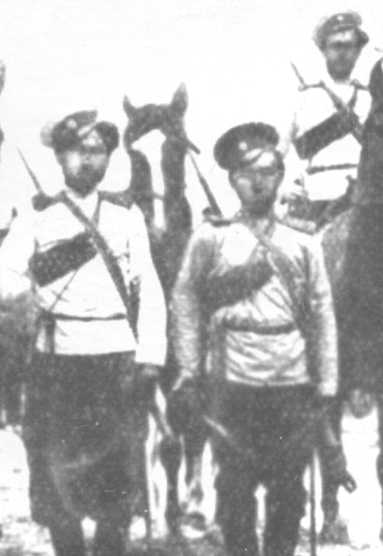
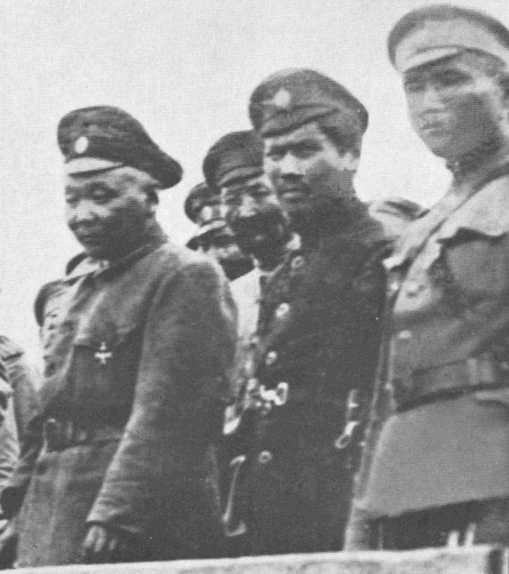
3rd Kalmyk Horse (Photoalbum) Senior Kalmyks in the RCW (Williamson)
3rd Kalmyk Horse Regiment
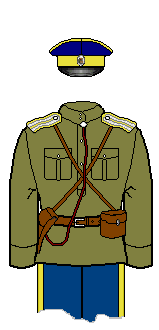 |
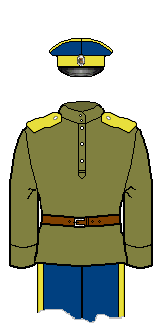 |
||
| Officer | Trooper |
Although part of the Don Cossack Host, the colour of the Don Kalmyks was yellow. This is born out by Williamson who saw them at the front during the RCW. He states "The Kalmuck Cossacks could always be distinguished by the yellow band they wore around their dark blue-topped caps instead of the red band of the ordinary Don Cossacks." It also suggests very strongly that quite a few Kalmyks actually wore their coloured caps throughout the Civil War.
Mamontov describes them as dressed in jackets of sheepskin and pointy sheepskin hats (it was winter) but otherwise as Cossacks, with blue trousers with a yellow stripe and armed with lance, carbine and sabre. He notes their lances were English-supplied bamboo ones by this stage (early 1920)
Uniform Details
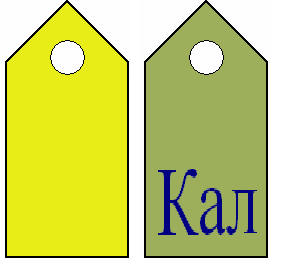 |
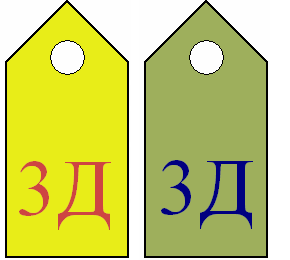 |
 |
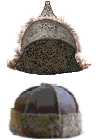 |
| Shoulderboards: dress and field | Speculative form | Assumed Kalmyk papakha | Fur hats of more traditional style |
While for some time a part of the Imperial Army, oddly the Kalmyks don't seem to ever be listed in uniform or flag guides. The plain yellow shoulderboards are therefore based solely on White Guard #8. This leaves the khaki ones as plain, which seems unlikely, so we have gone for the abbreviated name of the tribe in the form of other similar units (Кал). The alternative is if they used 3Д, like an ordinary Don unit.
As all native troops and Don troopers had silver lace, we assume the Kalmyks did too. As a nominally cavalry unit (although large numbers were serving on foot at times) officer markings would be in gold.
The papakha cloth would be in yellow presumably, if they bothered to wear official ones. Likely they wore standard Mongol hats, as Mamontov describes them doing.
Mamontov describes how in early 1920 they retained their fighting spirit when that of most Don and Kuban Cossacks was gone. He also mentions them driving great herds of sheep in front of them, having a "shaman" on a white horse, and some carrying enemy heads on their lances. It seems the old ways didn't die out very quickly. (As Buddhists, the "shaman" was probably a lama, and may have been dressed in the traditional yellow of that role.)
History in the RCW
The Don branch of the Kalmyks was to fight alongside the Don Host throughout the war, from the very start, and it seems some were on the Steppe March with General Popov (the Sal' Steppes being right beside their traditional lands).
When the Young Army was formed, the Kalmyks were made the 3rd Don Horse Regiment, and placed in the same division as the old Guards regiments.
Williamson saw the 3rd Kalmyk Regiment at the front in September 1919 and estimated their number as 400. An order of battle for the next month lists the 3rd Kalmyk Horse Regiment as part of the 1st Don Horse Division with a strength of 211 bayonets, 120 sabres and 6 MGs.
There was still a Dzungarski Kalmyk Regiment in the Crimea, right up to the evacuation, but by then it was in the 2nd Don Division, and no longer numbered the 3rd Don Regiment.
Flags
The pictures underneath are alleged to be the front and back of a flag presented to the regiment in 1918. It looks a bit ornate to be the battle flag.
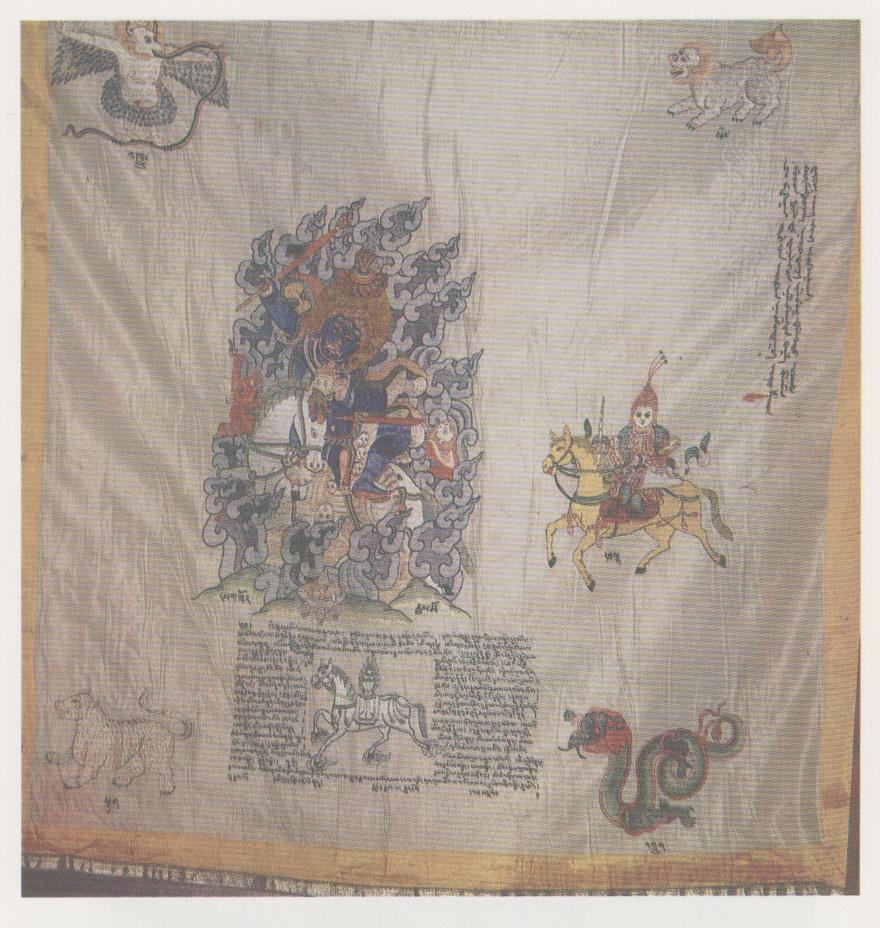
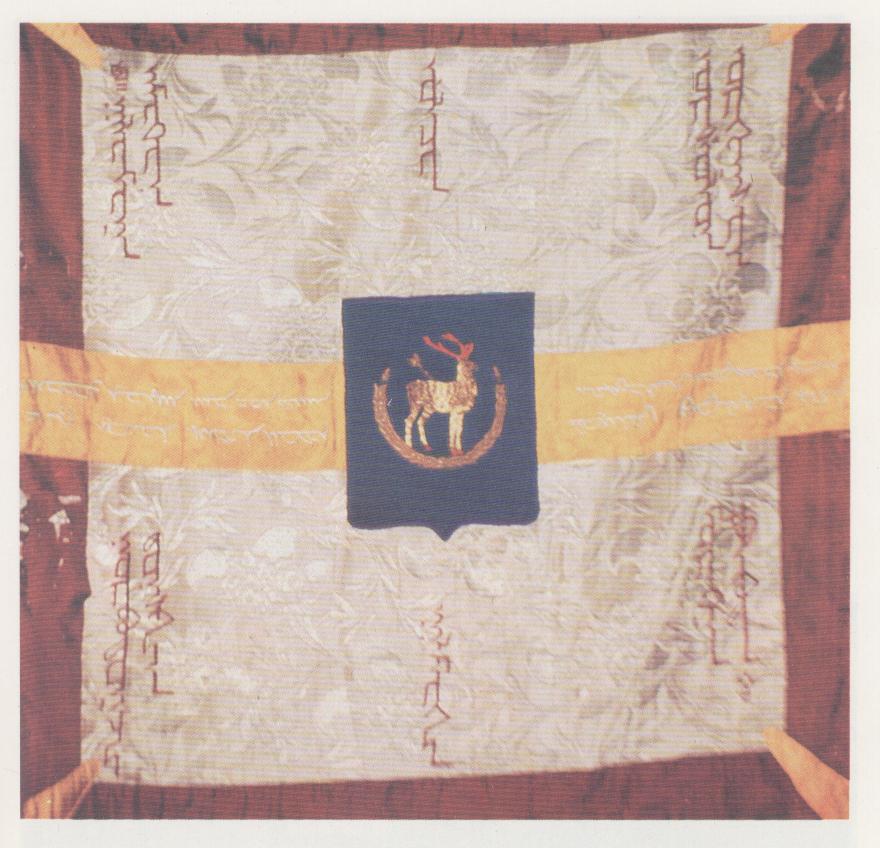
Prior to that they may have had a yellow Nikolai style flag, with the Virgin Okon-Tengri as their patron "saint".
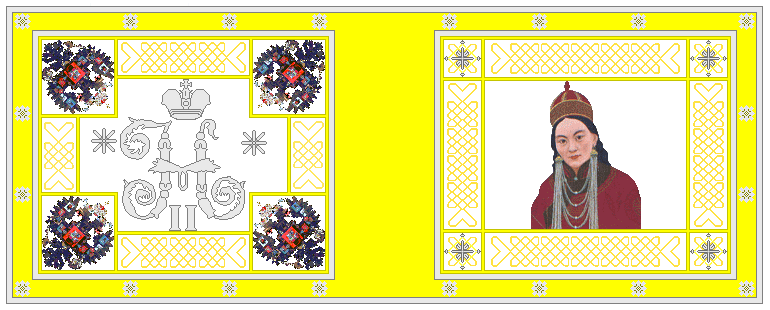
The official HQ flag of the unit was this:
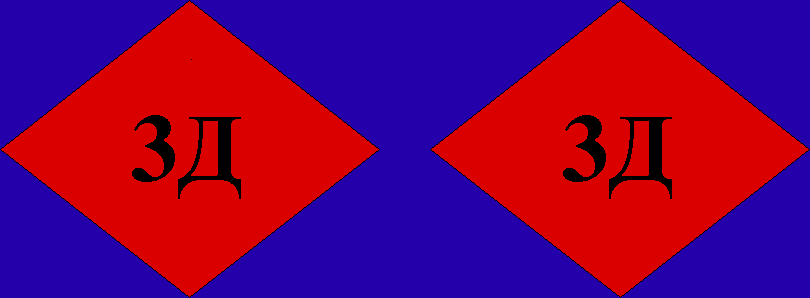
Another option is that, like the other ethnic groups of Russia, the Kalmyks decided to exert their independence upon the revolution and fly their own flag. As one of the most independent and powerful groups, this seems quite likely. In 1932 Kalmyk emigres adopted a flag of yellow with a pale blue circle showing a bird of prey inside and with yak tails outside. The modern Kalmyk flag shows the same features of pale blue circle inside yellow. Here is one option, based on the 1932 flag:
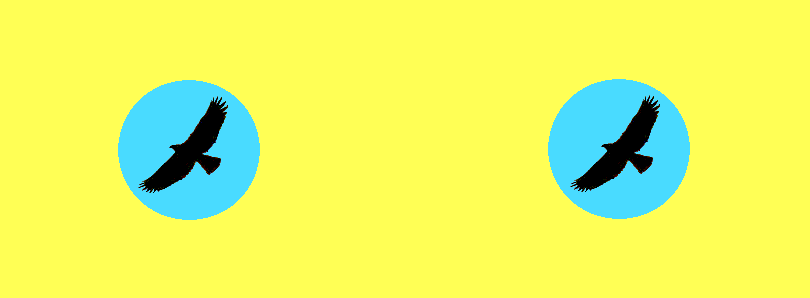
Presumably squadrons carried flags on the standard Cossack model or, perhaps more likely, the traditional horse-tail ones. White Guard #8 gives a sotnia banner for the 2nd Kalmyk Sotnia on the Steppe March (1918).

(All the sotnia flags in that article are also piped around the outside, which is not true of any other sotnia flags we have seen.)
Other Similar Units
Because of the Host colour of the Astrakhan Cossacks is yellow, any Don Kalmyk regiment can be passably used as Astrakhan Cossacks (Kalmyk or otherwise).